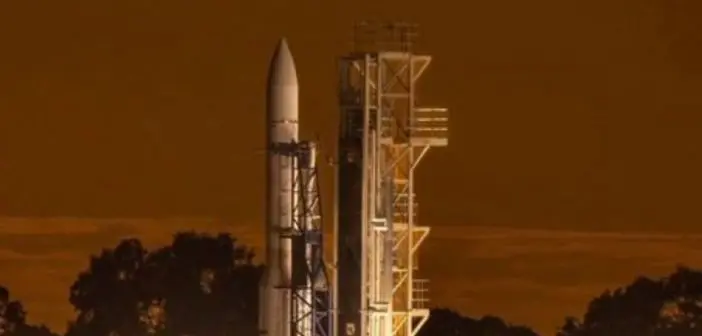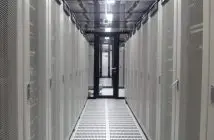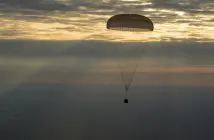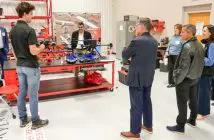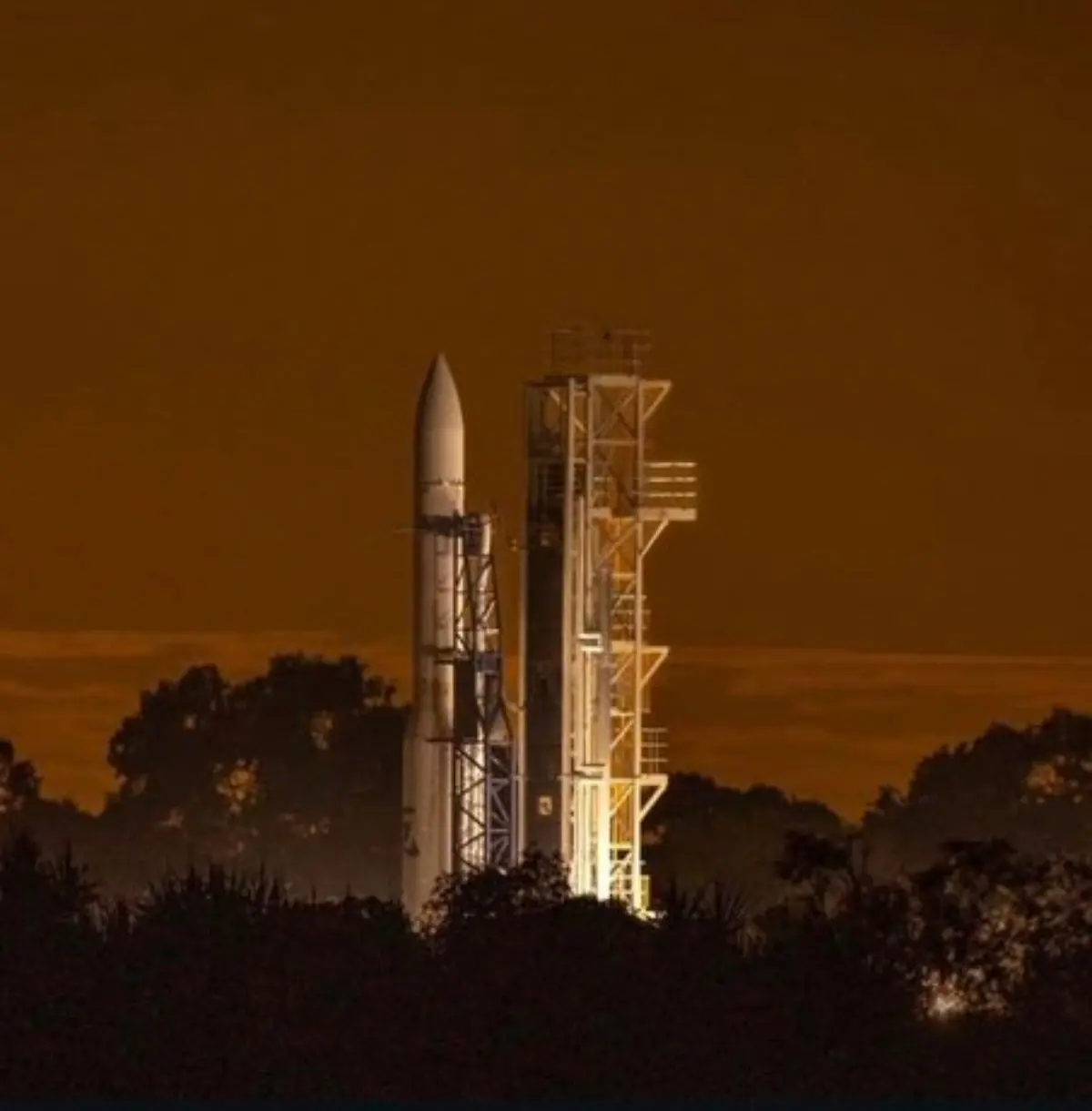
Gilmour Space has scrubbed its planned Friday, May 16 test launch of its Eris rocket after discovering an issue with the payload fairing overnight.
“That means we’re standing down from this test campaign to investigate and fix,” Gilmour Space posted on its social media platforms this morning.
The two-week Eris launch window opened on May 15, but plans to launch that day were delayed after an issue in the ground support system was identified.
“During final launch preparations last night, an electrical fault triggered the system that opens the rocket’s nose cone,” Friday morning’s update reads. “This happened before any fuel was loaded into the vehicle. Most importantly, no one was injured, and early checks show no damage to the rocket or the launch pad.”
“We have a replacement nose cone in our factory on the Gold Coast that will be sent to the launch site and installed after a full investigation into what caused the issue,” the statement added. “As a result, we’ll be postponing this test launch campaign to fully understand what happened and make any necessary updates.”
“While we’re disappointed by the delay, our team is already working on a solution and we expect to be back at the pad soon. We’ll share a new TestFlight1 date once it’s confirmed.”
Minor technical issues delaying launch
Eris is designed to carry payloads of up to 300 kilograms to low Earth orbit and will provide Australia with a sovereign orbital launch capability.
A series of regulatory hurdles have delayed its launch, and now, at the pointy end of proceedings, minor technical issues are holding it up.
Yesterday, Gilmour Space CEO Adam Gilmour said Friday’s launch was a 50/50 chance. He said delays in launching rockets were normal.
“Most people have no idea about how complicated it is, and so you kind of need them all to work,” Gilmour told 7News.
He attributed the fault that delayed Thursday’s launch to an external unit that supplies the power breaking down the night before. “It had been working the day before and for weeks before that, so it was a bit of a surprise,” he said.
Enough money in the bank for three launch attempts
Gilmour reckons it has cost around AUD110 million to get this far, with most of that money coming from venture capitalists and institutional investors such as Blackbird, HostPlus, and HESTA. The CEO says he has enough cash in the bank for three launch attempts. However, he hopes that a positive results this week will help it raise at least another AUD100 million.
Gilmour has consistently played down expectations that Eris will make it into orbit on its first try. He says he will be happy if it gets off the launch pad. Gilmour has previously pointed out that it took Elon Musk four attempts to launch the Falcon 9 rocket successfully, and Musk is now experiencing a similar sequence of unsuccessful initial Starship launches.
Eris’s propulsion technology means that if the engines fire up but it doesn’t launch, the rocket is not destroyed, saving Gilmour Space time and money.
“What we can do is bring the rocket back down, just build some new engines, put them back on and have another crack, and we think that’ll be about two months later,” Gilmour says.

